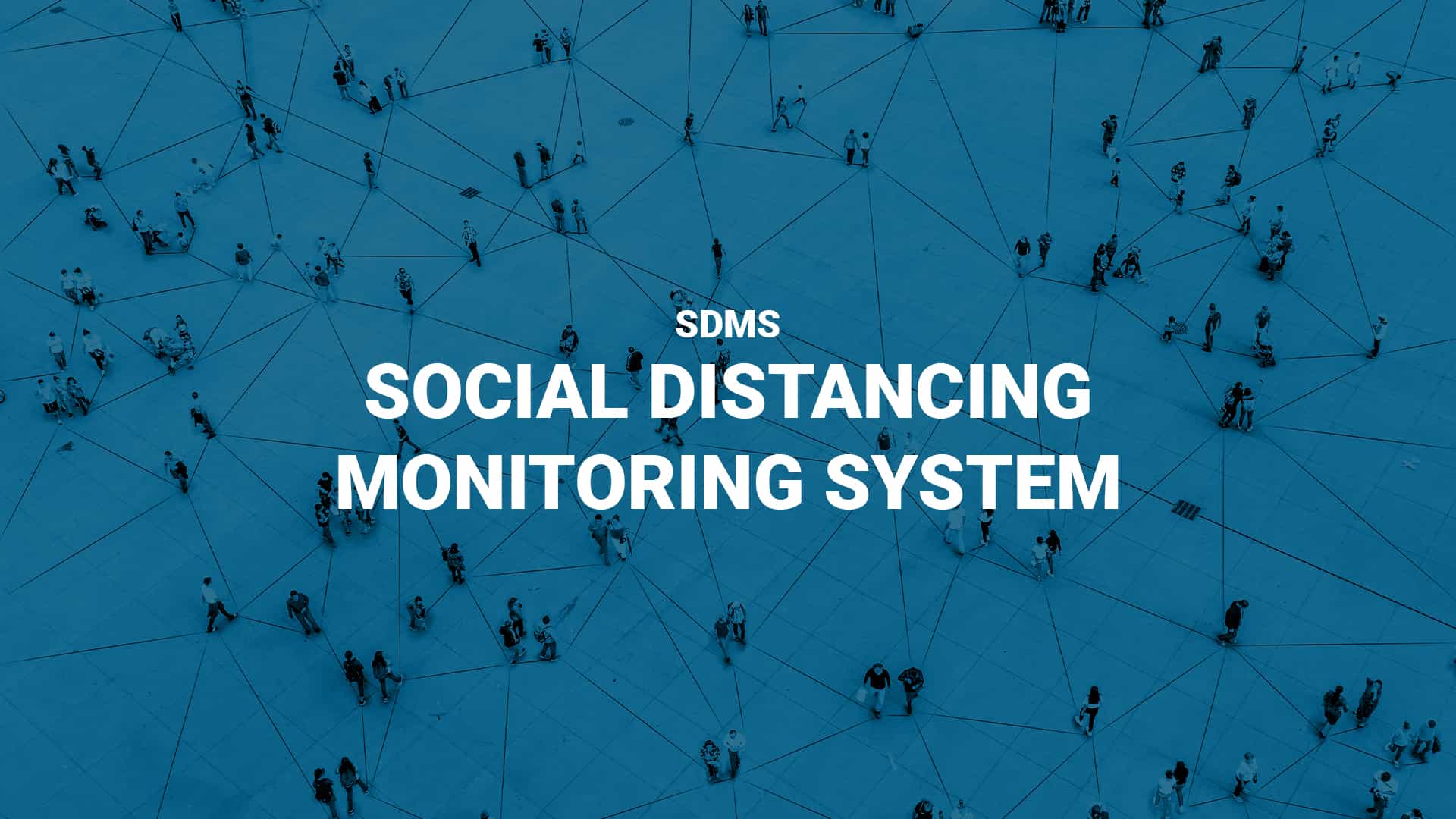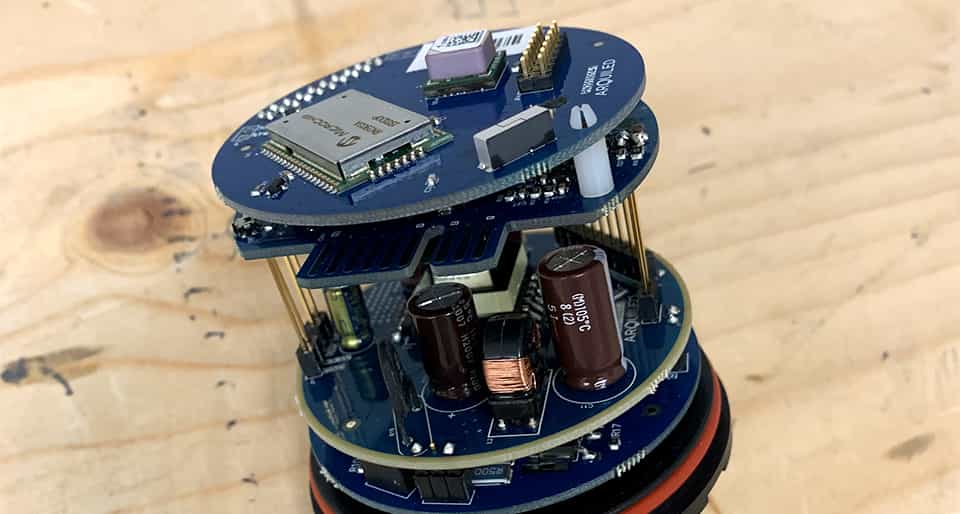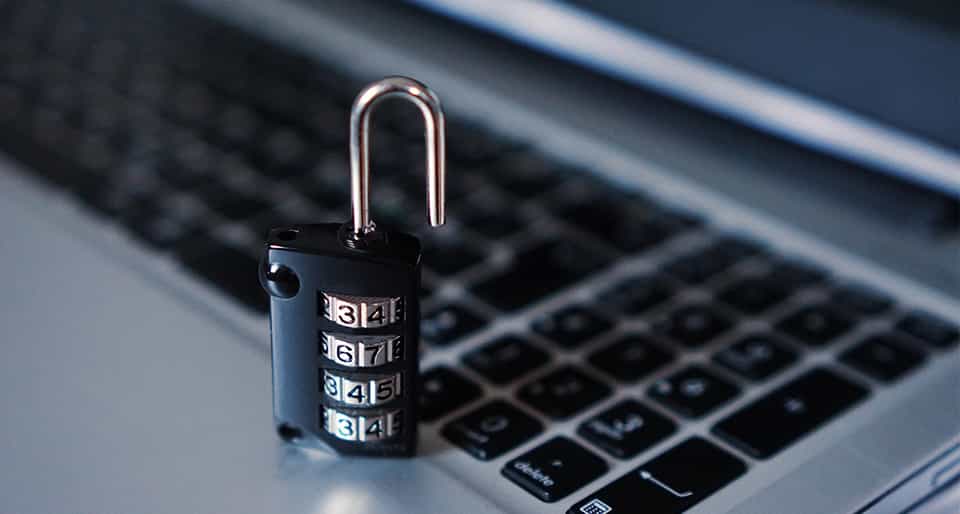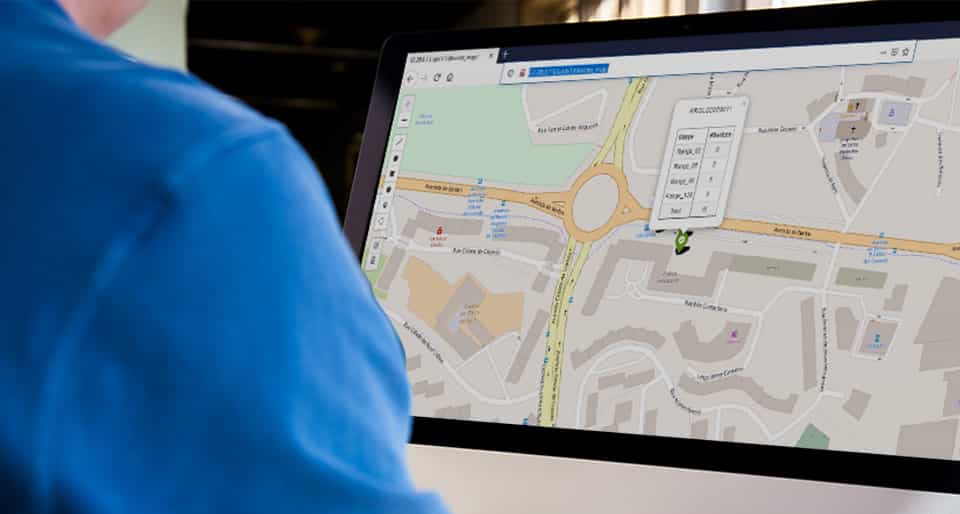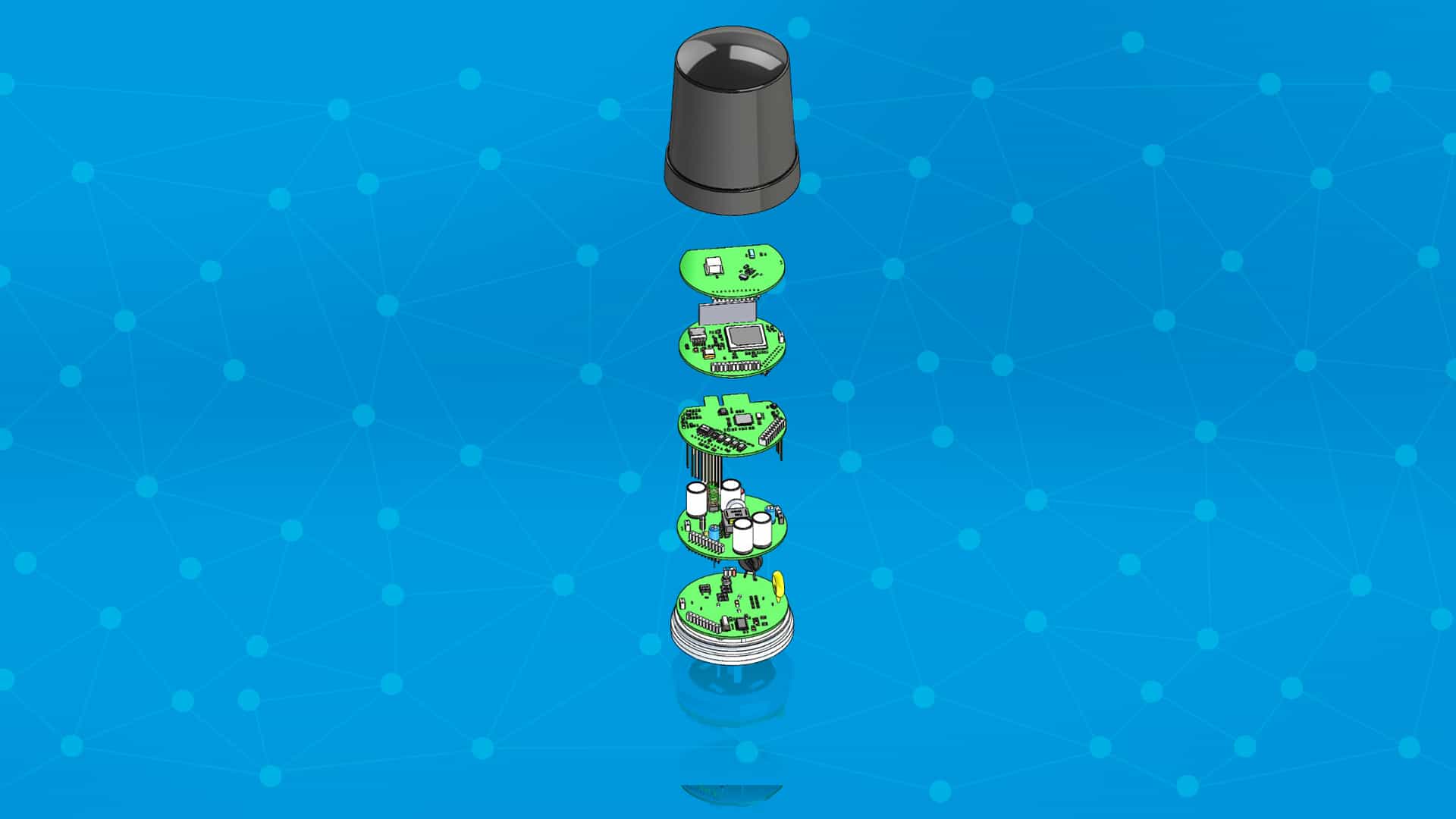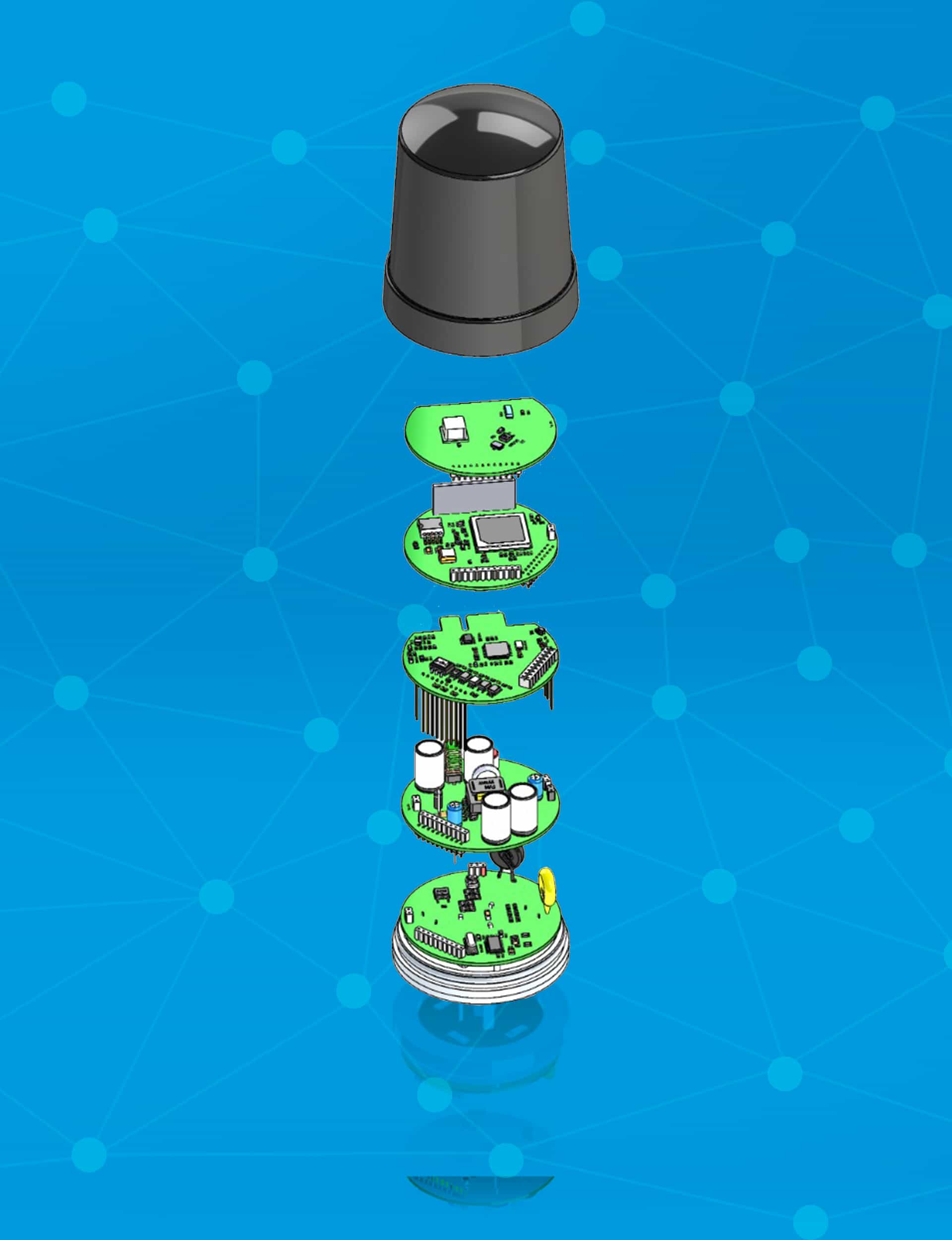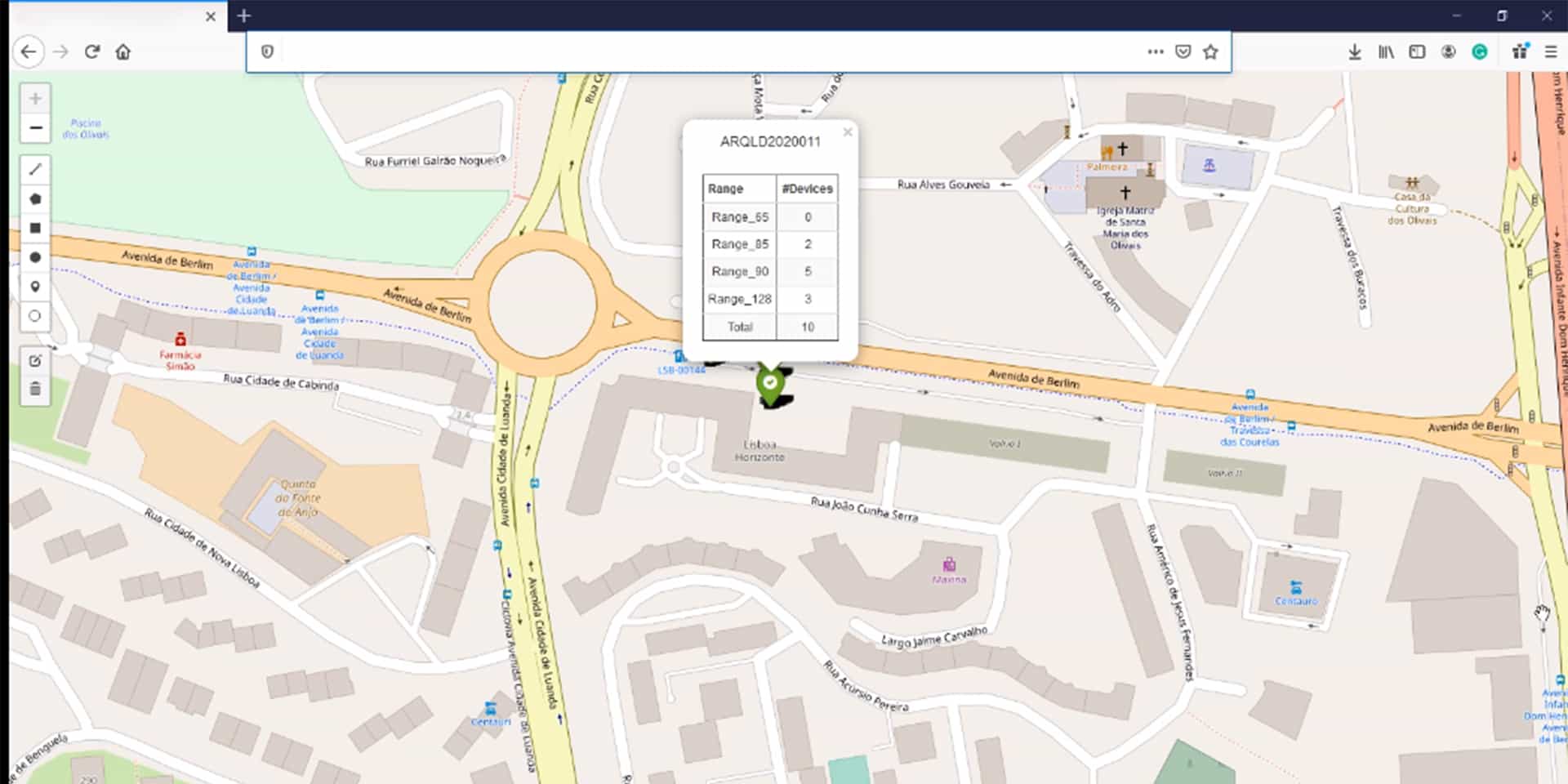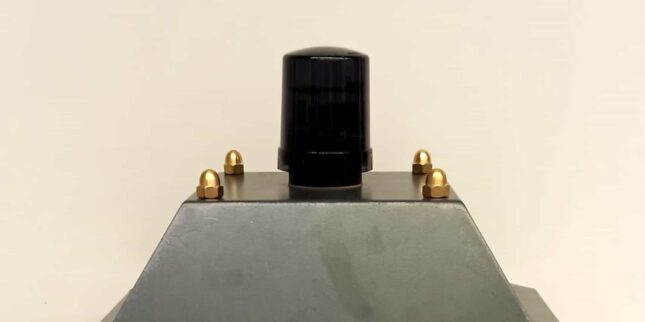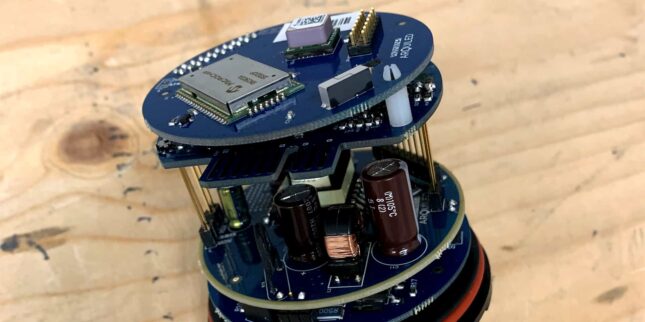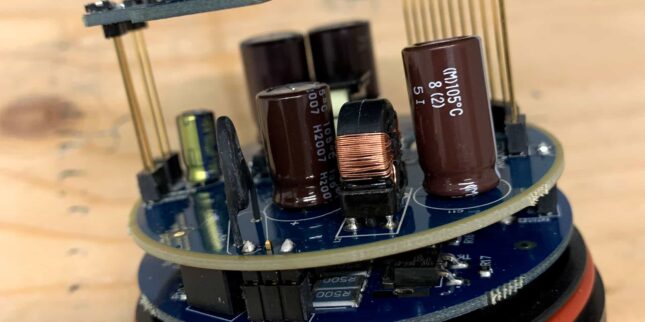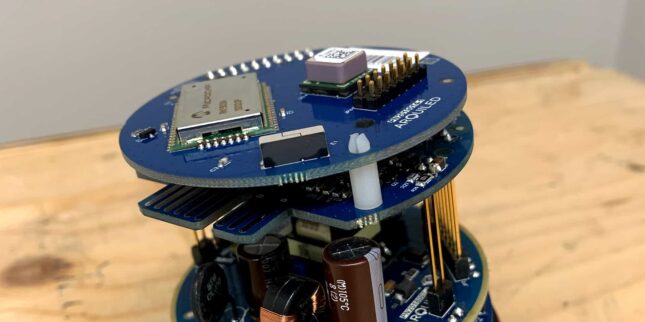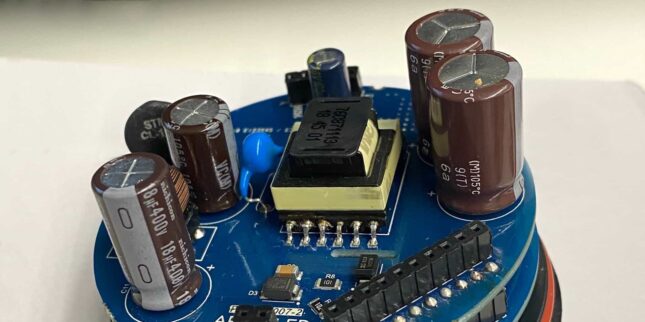The system collects equipment information, aggregates it into unique events and based on georeferenced information and the unique identifiers of issuers, creates a people density map that assesses and gives real-time alerts of agglomerations or violations of distance safety.
The SDMS monitors population density to ensure that social distancing rules are maintained and warns of the risk of contagion from COVID-19, as well as indicating the location of the violation. As a secondary objective, it can also identify and measure flows and movement patterns (number of unique visitors, most used routes, daily or weekly variations, among others), which allows to optimize the management of areas of great circulation in cities and continue to obtain returns investment far beyond the current pandemic context.
With Bright Science’s central control solution for intelligent management of street lighting fixtures, it is possible, in a non-intrusive way, to map and estimate in real time, the density and counting of people in dynamic blocks, alerting and giving the alarm when the recommended density is exceeded. This is a suitable solution to provide municipalities, entities that manage public spaces, security forces and others.
From a computational and network resources point of view (telecommunications) it is very light, allowing for a very economical solution with low operating costs.





